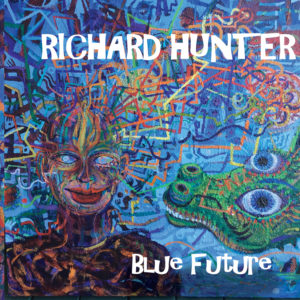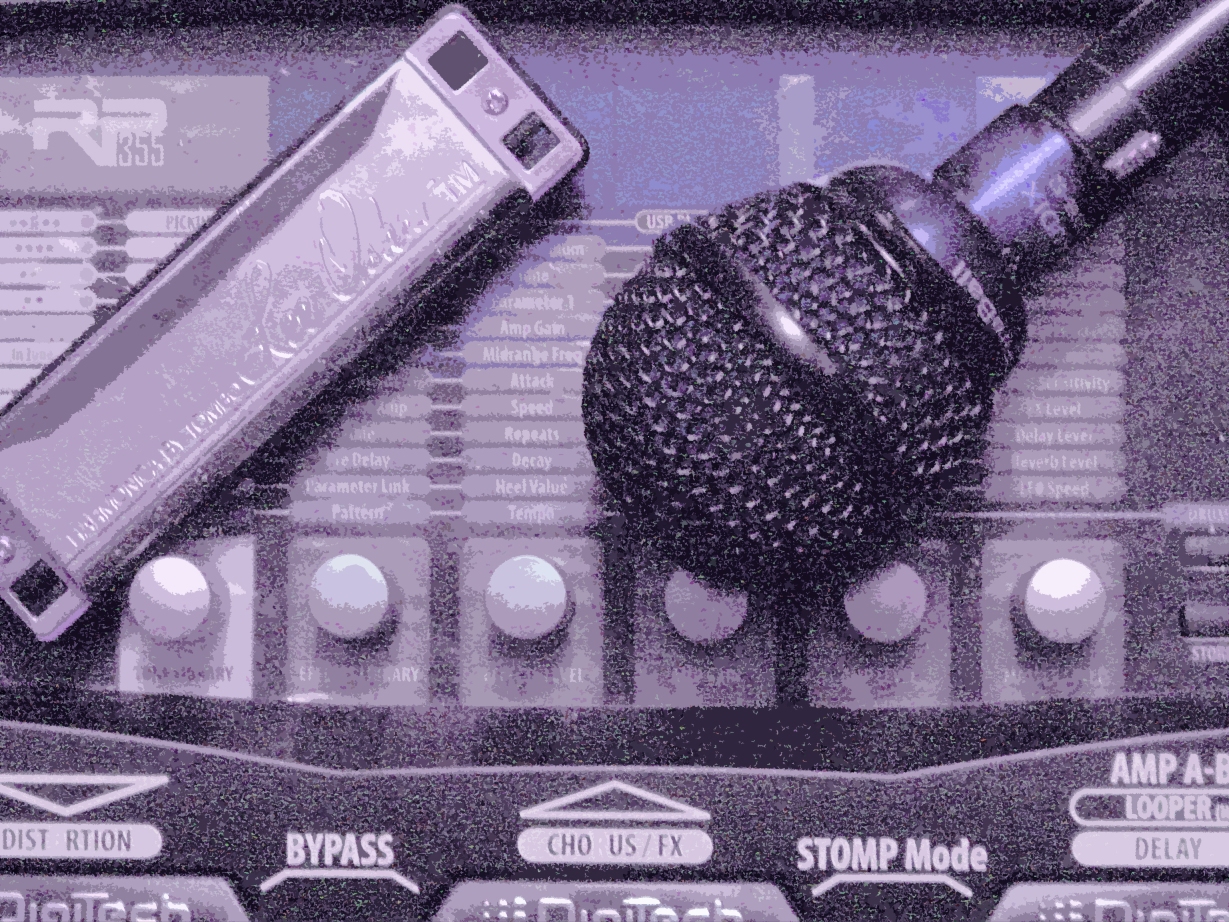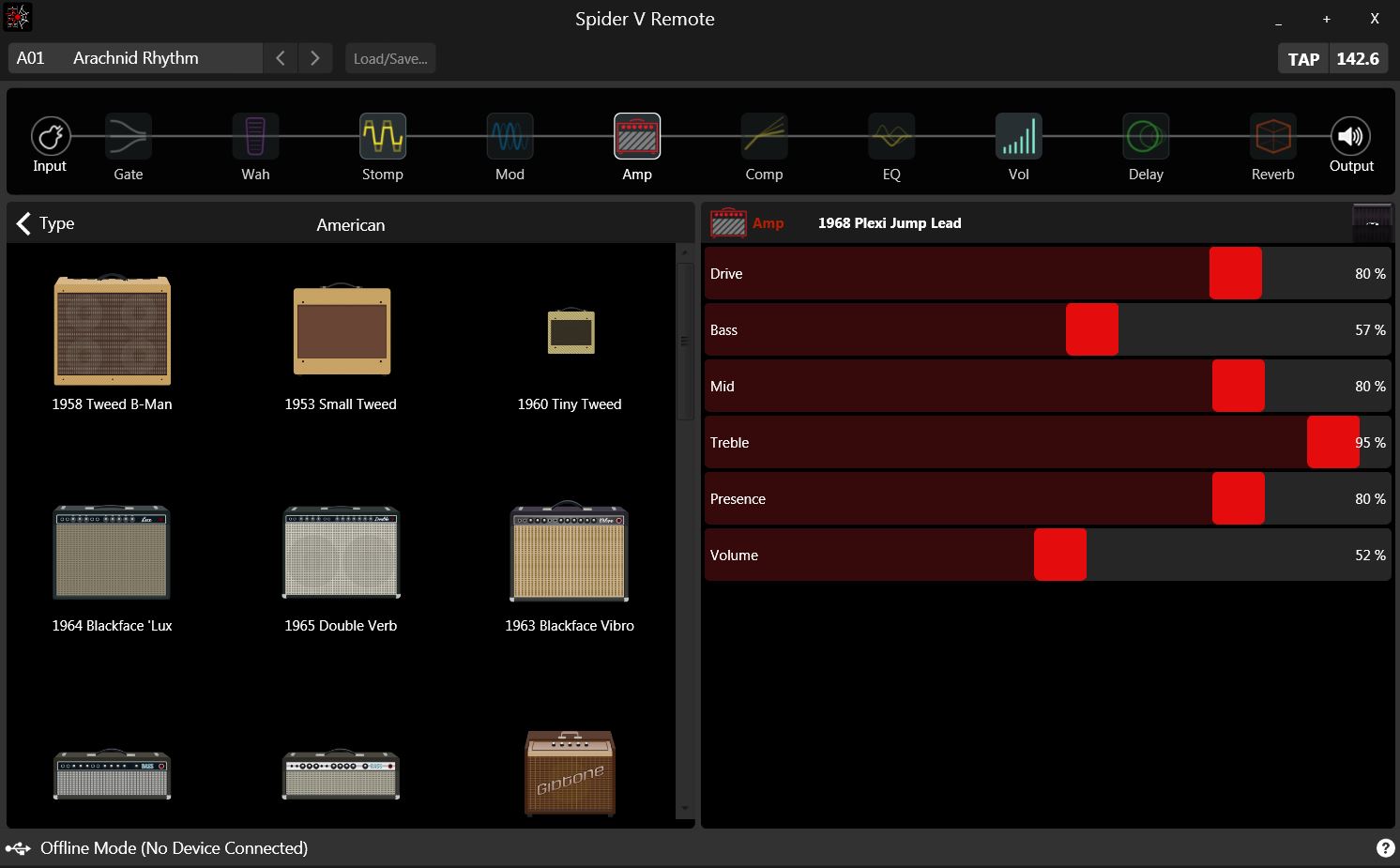
Here’s How to Get a Chicago-Style Sound Through a PA
Members of the Harp-L List regularly ask how they can achieve a “Chicago” style sound when using the PA system as the main amplifier for harmonica. This page, with help from guest writer Dom DeStefano, offers a few solutions that have been tested and proved to work.
Most Chicago blues-style players go for a Chicago sound using an Astatic JT-30 or a Shure Green Bullet mic and a small tube amp. (We use the term “small” advisedly; the Fender Twin Reverb is preferred by some players, and that’s a pretty powerful amp. See our Pro Page at this site for information on specific setups used by top pros.) The amp’s speaker(s) can then be miked through a PA, just like any other instrument onstage. This setup is very traditional, and when the sound tech knows what they’re doing, it works fine. However, your sound is going to be limited to whatever the amp you’re using can produce, which means the same sound on every song. We prefer the first alternative setup below for its flexibility, high sound quality, and value for money.
Alternative setups include the following, in order of preference:
1) Mic (for blues, the usual suspects, such as those described above and below), to amp modeler or multiFX (such as a Digitech RP), to PA input
This setup is very cost-effective and will give you a wide range of amp sounds plus FX, including delays and reverbs, meaning that you can plenty of variation in your amped-up tones. See our store page for more information on this option. We’d go so far as to say that this is probably the best option right now if you’re running to the PA.
2) Mic (Astatic, Green Bullet, or dynamic vocal) to small amp (such as a Peavey Rage, Fender Champ, or Crate VC508, with a line-out feature) to PA (via the amp line-out)
This setup works very well, is cost-effective, and allows you to practice using essentially the same setup that will be used on-stage. The amp may or may not be used as an onstage monitor, as you choose. Amps like the Rage (used) generally don’t cost much (if any) more than a distortion pedal, and give you better control over gain, tone, and clean volume. A DI box is not needed in this case because the line-out on an amp puts a better signal to the PA than a distortion pedal does.
Many players have tried a setup that basically includes running a mic to a distortion pedal, then running a line from the distortion pedal directly to the PA. Such setups don’t work, period. The next two setups are similar, and will do the job.
3) Mic to distortion pedal to Sansamp to board
A Sansamp (or DI box, as per the following discussion) is very important in this setup; it’s what buffers the signal from the distortion pedal, and without it the signal will not be at the right level for the PA. The Sansamp works very well with a pedal, and it offers more tonal options than a simple DI box. A balanced direct line from the Sansamp to the board is important if the line run is over 20 feet, not so important if the run is less. If you go with this setup or the following one, do NOT use a blues mic like the Astatic or Green Bullet; use a dynamic vocal mic like the Shure SM-58 or equivalent.
4) Mic to distortion pedal to DI box to board
There are many distortion pedals that work well in this and the preceding setup. Two I have used personally for both performance and recording are the DoD Classic Tube (FX 53) and American Metal (FX 56). The former of these comes closer to a Chicago sound, the latter to metal-ish rock and roll. (Johnny Mars, one of the best-known players in the UK, is said to favor the American Metal pedal too.) The TubeWorks Blue Tube is highly recommended by some Harp-L list members; make sure to get the Blue Tube, NOT the Real Tube.
5) Mic (dynamic vocal, such a Shure SM58) straight to board.
If a board channel with empty channels adjacent is available, you can purposely “clip” the channel you’re using by adding too much gain. With proper settings, this setup will provide an acceptable distorted harp sound. However, note that this setup requires plenty of experimentation to get the right levels, and is not easily transferrable to different PAs. In other words, it’s usually not the preferred solution when you’ve just walked into a club and asked to sit in with the band. In any case, if you go with this option, use a dynamic vocal mic, not a Green Bullet or Astatic JT30; bullet-type mics just sound dull and lifeless coming straight through a PA.
If you liked that, you’ll like these:
the 21st century blues harmonica manifesto in sound
Get it on Amazon
Get it on iTunes
the rock harmonica masterpiece
Get it on Amazon
Get it on iTunes
Related Posts
5 Comments
Leave a Reply
You must be logged in to post a comment.
WHAT’S NEW
Categories
- Audio/Video
- Blog
- Blue Future
- Digitech RP Tricks and Tips
- Discography, CDs, Projects, Info, Notes
- Featured Video
- For the Beginner
- Gallery
- Hunter's Effects
- Hunter's Music
- Huntersounds for Fender Mustang
- Meet the Pros
- More Video
- MPH: Maw/Preston/Hunter
- My Three Big Contributions
- Player's Resources
- Pro Tips & Techniques
- Recommended Artists & Recordings
- Recommended Gear
- Recorded Performances
- Reviews, Interviews, Testimonials
- The Lucky One
- Uncategorized
- Upcoming Performances
- Zoom G3 Tips and Tricks




Hi, I will try to keep this simple — if I never have to play through an amp again as long as I live, it won’t be too soon. I just want to play through a P.A. and be done with feedback and Green Bullet cords dying on me, and tubes dying, and well, i”m sure you know the drill. Great site by the way!
Which brings me to my questions:
1. Which amp modeler do you recommend for live amplified harmonica playing and why? Think of someone who wants to sound Little Walter one song, Charlie McCoy/Stevie Wonder the next. i sing and play harmonica, and need not to be thinking about anything else, just want to hit a setting and move on. It’s probably best to imagine me singing through a straight up mic stand and playing harmonica in a similar fashion, moving back and forth a lot.
2. What type of microphone should I use with it, and will a Shure 58 do the trick as well as anything? i see on this site you like them fireballs.
3. I just want to run it through a P.A. as simply as possibly, please advise how to do this most easily so I don’t drive sound people nuts.
I’m a good player, but just not a gear head if you haven’t noticed, and want to simply focus on my playing, not constantly messing with an amp, so any help in this direction would be most appreciated, and I promise to send you good thoughts in return. I apologize if you’ve answered these questions elsewhere on this site, I never was good at the whole electronics things.
thank you and Peace!
1. Which amp modeler do you recommend for live amplified harmonica playing and why? I recommend the Digitech RP500, because it has the best sound and features in its price range. With any amp modeler, the big issue is the time you have to put into it to get good sounds for harp. I’ve made that easy by creating patch sets for the RP. See the Store at this site for more info on my patches.
2. What type of microphone should I use with it, and will a Shure 58 do the trick as well as anything? i see on this site you like them fireballs. I like the Fireball V, but it’s not the only mic that does the job. I develop my patches for the RP using the Fireball V because it’s a very neutral-sounding mic, and the patches I create with it translate well to other mics. In addition to the Fireball V, I also use the Bottle o’ Blues and the Shure 545SD with the Digitech RPs, depending on what kind of sound I’m looking for. In general, the amp modeler emulates a “real” amp, and as with a real amp, changing the mic changes your sound. Depending on the mic, you may need to adjust EQ settings on the modeler to get the maximum volume before feedback.
3. I just want to run it through a P.A. as simply as possibly, please advise how to do this most easily so I don’t drive sound people nuts. This one is easy. There’s a 1/4″ mono putput jack on the RP. Run a guitar cable from that jack to your PA. Done. If your cable run is more than 50 feet, add a direct box between the RP and the PA. Done again. If you want to get stereo FX, then either use 2 guitar cables, or use the dual XLR outputs on the RP. (You have to use both the XLR outs or neither–so if you just want mono, use the 1/4″ mono out.)
See the Store at this site for more info on the RPs and how to set them up for harp.
Dear Richard, thanks for all the tips! Will get back to you after next payday not eaten up by loans!
I don’t have the Peavey Rage 158 or 258, but I have de Peavey Studio Pro 112, with transtube technology and almost the same controls. Could it be useful? Could I use this amp without PA?
The Studio Pro 112 should work OK. Set it to sound as clean as possible, and avoid adding gain as much as possible. Set the EQ flat and turn off any FX. Try the RP with the MIX/AMP switch both ways, and see which works better.